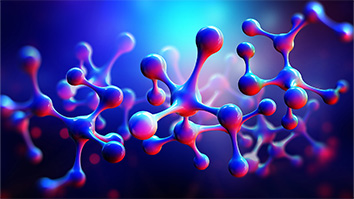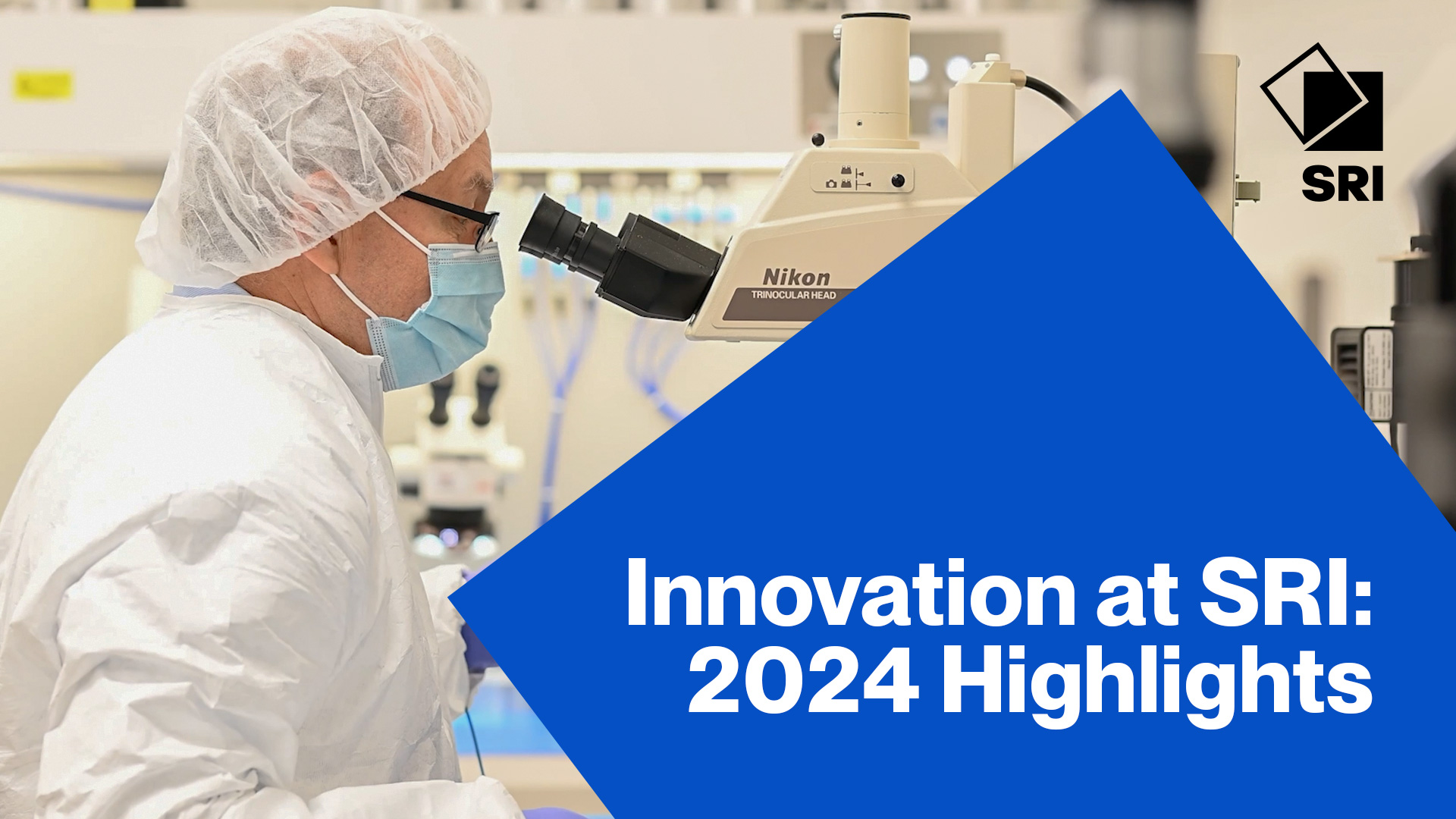Citation
Daniel, J. H.; Arias, A. C.; Wong, W. S.; Ready, S. E.; Lu, J. P.; Ng, T.; Apte, R. B.; Chabinyc, M.; Lujan, R.; Street, R. A.; Krusor, B. S. Flexible and printed electronics for displays and image sensors. The Future Prospects and Obstacles of Organic Electronics; 2008 February 25; Suncheon, Korea.
Abstract
Flexible Electronics has become a buzzword describing a range of technologies and applications. Amongst the applications are flexible displays such as electronic paper, RFID tags, sensor patches or flexible solar cells. The fabrication technologies can vary significantly, but they have in common the flexibility of the substrate. At PARC we are developing various technologies to advance the field of flexible electronics and to offer prototyping and research services in this area. For high-performance large-area electronic circuits, we are developing laser-crystallized polysilicon on flexible stainless steel substrates. This low-temperature polysilicon has found various applications such as in backplanes for OLED displays. For electronics on less expensive polymer substrates, we have developed low-temperature (<170degC) a-Si:H processes. The TFT performance is comparable to our high temperature devices on glass and active-matrix pixel circuits were fabricated on up to 8 inch substrates. The patterning of the circuits was either done using photolithography or with digital lithography in which inkjet-printing directly deposits the resist pattern. With these active-matrix backplanes we were able to demonstrate flexible electrophoretic displays as well as digital x-ray image sensors. Targeting even lower cost and highly flexible electronics, we are exploring organic electronics together with inkjet-printing. In an all-additive fabrication process, we use inkjet-printing and additive solution processes such as spin-coating to fabricate active-matrix backplanes. This approach employs the smallest number of processing steps and consumes the least amount of material. Therefore, it is promising for inexpensive, potentially disposable electronics. Active-matrix pixel circuits for paper-like displays are a promising initial application for our processes since the required feature size can be relatively large and the performance requirements for the pixel thin-film-transistors (TFT) are not too strenuous. We use jet-printed nanosilver to define the conductors such as gate and data lines as well as pixel pads. The printing of continuous silver lines depends strongly on the print solution and the surface properties of the substrate. Therefore, strongly hydrophobic surfaces, which are often desired for improving the molecular ordering of the polymer semiconductor, are not suitable for printing continuous data lines and pixel pads in bottom contact TFTs. With carefully chosen polymer gate dielectrics, printed silver lines around 50-60 microns were achieved. The gate dielectric is also critical for the TFT performance and we have investigated several polymer dielectrics which were deposited by spin-coating at a layer thickness around 200-500nm. As the organic semiconductor, we used jet-printed polythiophene PQT-12. With these materials, we have fabricated active matrix backplanes on low-temperature flexible substrates with a pixel size around 500-1000 microns. The pixel performance was measured on various pixel layouts in order to determine the best pixel design in terms of fast pixel response and low feedthrough voltage. Since the process employs many new materials to build transistors, we have measured the transistor properties for various dielectrics and various process conditions. Typical saturation mobilities for the PQT-based TFTs were around 10-1cm2/Vs and comparable to the ones with silicon dioxide dielectric. New developments and considerations in the filed of flexible electronics will be discussed.


